Lycium: what is it and what is its vital role in nature?
2 years ago · Updated 6 months ago
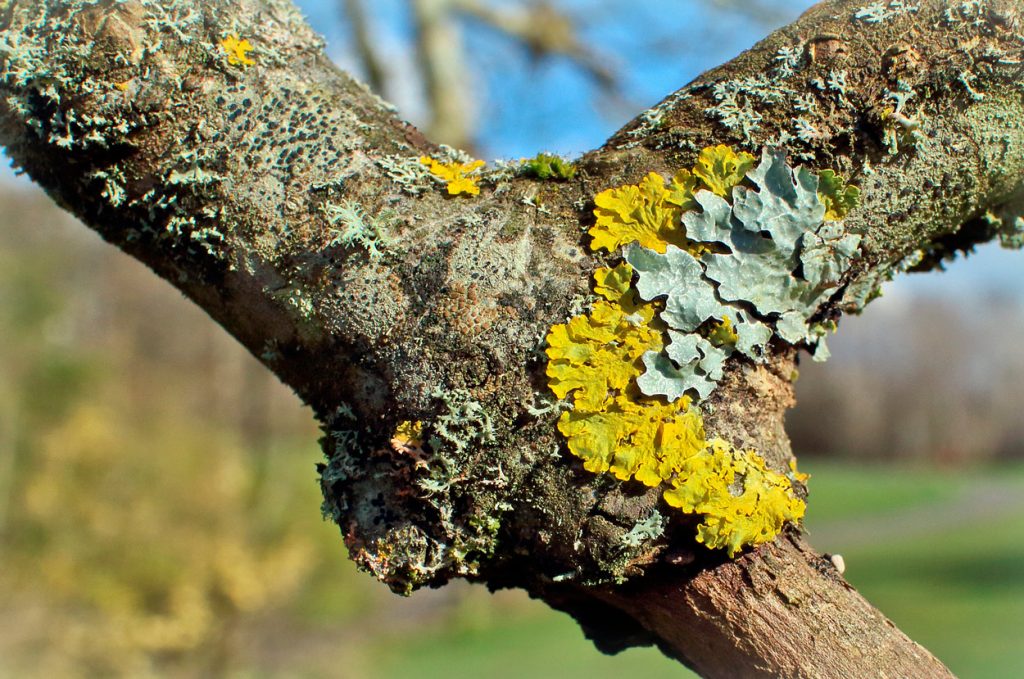
- Lichens: a symbiosis that supports life
- Ecological importance and uses of lichens
- History of medicinal uses of lichens
- Lichens and their medicinal potential
- Iberian lichens: invisible survivors of our landscapes
- Ecological importance of lichens in the Iberian Peninsula
- The role of lichens in fungal habitats
- Lichen conservation in the Iberian Peninsula
Lichens: a symbiosis that supports life
Lichens, those surprising symbioses between fungi and algae, are organisms that often go unnoticed in nature. However, their importance in the ecological world is truly significant. In this article, we will explore the fascinating relationship between lichens and ecology, and how they play a vital role in our ecosystems.
To understand their ecological function, we must first understand what they are. Lichens are neither fungi, algae, nor plants, but a symbiotic association between a fungus (mycobiont) and a photosynthetic organism, such as green algae or cyanobacteria (photobiont). This relationship is not temporary: the two components coexist so intimately that they behave as a single organism.
The fungus provides structure and protection from external factors such as desiccation, while the photobiont is responsible for photosynthesis, producing the nutrients that both need to survive. This union gives rise to a completely new organism with unique properties and lifestyles.
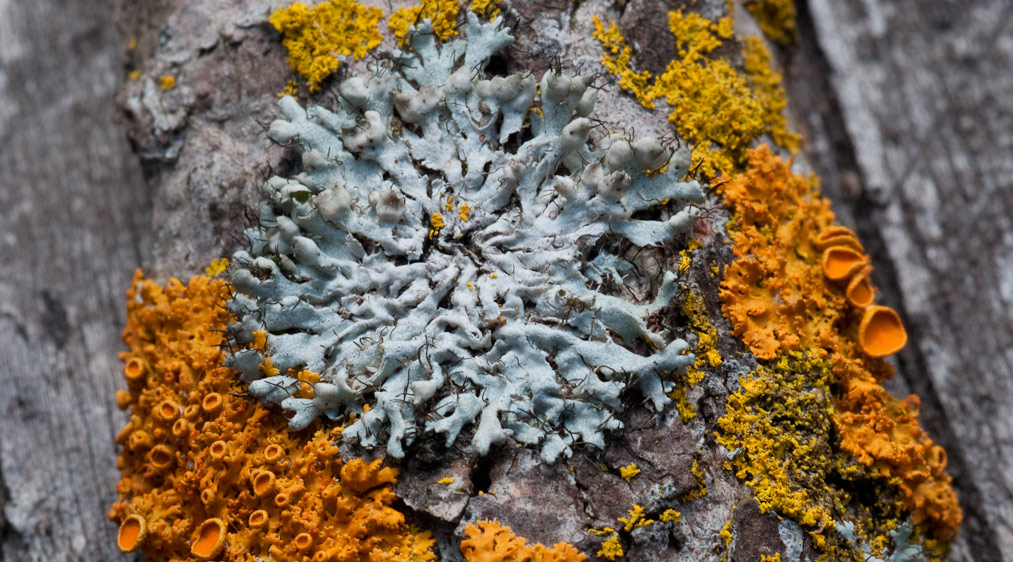
Lichens are extraordinarily diverse. More than 20,000 species worldwide have been described, although it is estimated that there are many more that have not yet been catalogued. The most surprising thing is that they can be found in almost every ecosystem on the planet: from high mountains to the Arctic tundra, from tropical forests to scorching deserts.
Their ability to colonize bare surfaces, such as rocks, tree bark, poor soils, or even artificial structures, makes them ecological pioneers. They are able to survive where few other life forms can, thanks to their resistance to radiation, dehydration, and extreme temperatures.
In addition to their diversity and adaptability, lichens are valuable bioindicators. Their high sensitivity to air pollution, particularly sulfur dioxide and heavy metals, makes them useful tools for monitoring air quality. The presence, absence, or abundance of certain species can reflect the state of the environment very accurately.
For this reason, scientists and conservationists use lichens in environmental studies, impact assessments, and ecological management plans. Studying them not only helps us better understand nature, but also protects it.
Ecological importance and uses of lichens
- Air quality indicators: Lichens are excellent bioindicators of air quality because they are sensitive to pollutants such as industrial gases and fine particles. Their presence (or absence) provides a natural and effective way of assessing air pollution.
- Contribution to ecological succession: They act as pioneer organisms by colonizing bare surfaces such as rocks or newly formed soils. As they grow and decompose, they help to form fertile soil and promote the emergence of other life forms.
- Food source: For many animal species, lichens are an important nutrient source. For example, reindeer in arctic regions depend on them during the winter, and they are also consumed by insects and other animals in different ecosystems.
- Medicinal uses: Lichens have historically been used in traditional medicine by various cultures. They are believed to have antibacterial, anti-inflammatory, and analgesic properties, and although their medicinal use has been less recognized than that of other plants, it remains significant.

History of medicinal uses of lichens
The medicinal use of lichens dates back to ancient times. Various indigenous cultures have traditionally used these organisms to treat a variety of ailments. For example, Native Americans used lichens such as Usnea spp. to treat respiratory infections and wounds. In traditional Chinese medicine, lichens have also been used in herbal formulations.
In medieval Europe, the use of lichens was documented as part of home remedies and ointments. Medieval monks and herbalists valued the healing properties of lichens and incorporated them into their medical practice.
Lichens and their medicinal potential
Lichens not only fulfill vital ecological functions, but also offer great potential in the field of natural medicine. For centuries, different cultures have taken advantage of their properties to treat a variety of ailments, thanks to their unique bioactive compounds.
- Natural antibiotics: Various species of lichens, such as Usnea barbata, produce substances with antibacterial and antifungal properties. They have been traditionally used to treat respiratory and skin infections and wounds.
- Wound healing: Thanks to their antimicrobial and regenerative properties, lichens have been used to accelerate the healing of wounds, burns, and skin lesions.
- Treatment of gastrointestinal problems: Some cultures have used lichens to relieve acidity and ulcers. They contain compounds with protective effects on the gastric mucosa, helping to calm digestive disorders.
- Natural anti-inflammatories: Some lichens have compounds with anti-inflammatory properties, useful in managing conditions such as arthritis and autoimmune diseases. Although more research is needed, preliminary results are promising.
- Topical use in cosmetics: Lichen extracts have been incorporated into cosmetic products for their antimicrobial, anti-aging, and protective effects. They help keep skin clean, healthy, and looking its best.
Although modern science is still exploring its full potential, lichens represent a natural source of bioactive compounds with multiple applications. Their versatility and low toxicity position them as promising candidates for future medical and cosmetic treatments.
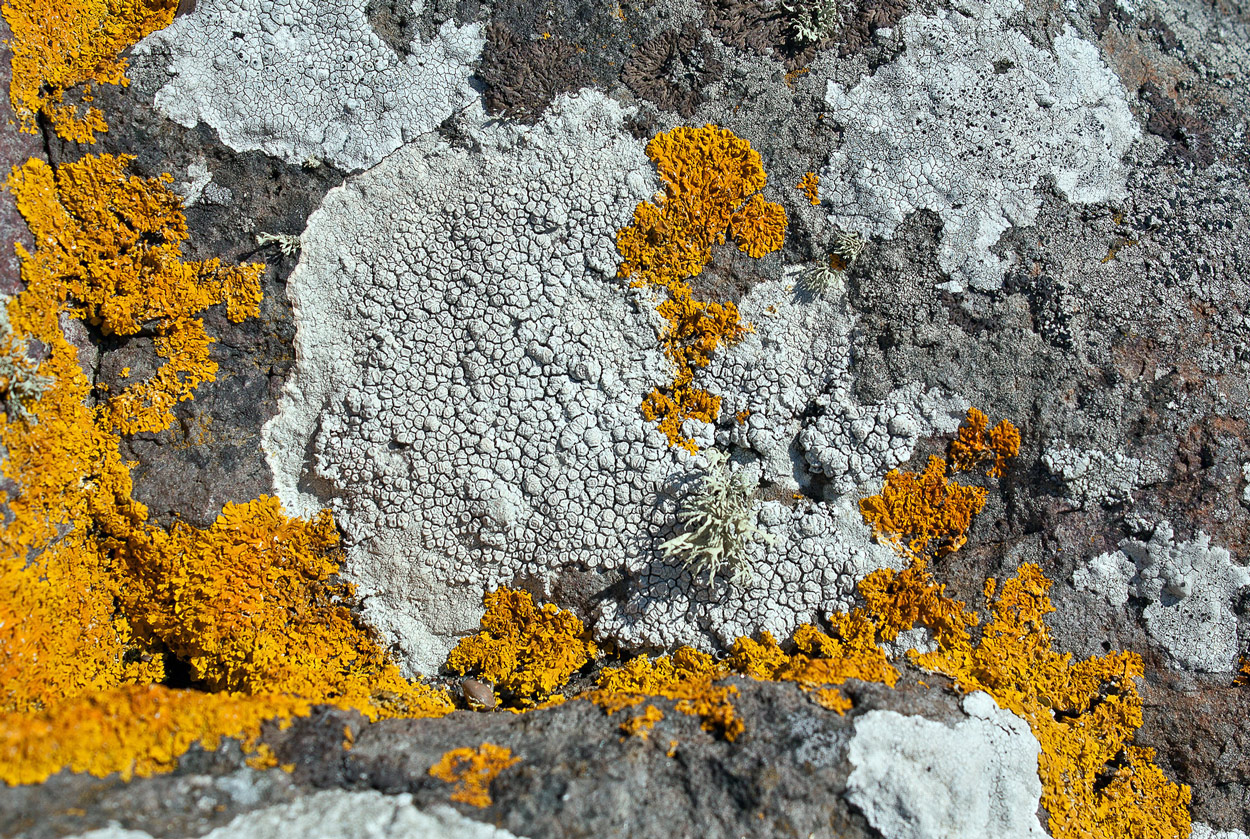
Lichens in modern research
Despite their long history of medicinal use, lichens have received less attention in scientific research compared to other medicinal plants and fungi. However, in recent decades, there has been a renewed interest in lichens due to their pharmacological potential.
Scientists have identified and isolated bioactive compounds from lichens that show promise in the treatment of various diseases. Ongoing research is focused on gaining a better understanding of the mechanisms of action of these compounds and developing more specific medical applications.
Iberian lichens: invisible survivors of our landscapes
In the vast diversity of environments that make up the Iberian Peninsula, lichens thrive silently, playing a key role in the stability and health of ecosystems. Often overlooked due to their size and inconspicuous appearance, these organisms are essential to understanding the complexity of Iberian nature.
From the branches of oak trees in the Dehesa to the windswept rocks of the Sierra Nevada, lichens such as Evernia prunastri, Rhizocarpon geographicum, and Cetraria islandica display surprising resilience. Their ability to survive in extreme conditions—high altitudes, prolonged droughts, poor soils—makes them true ecological pioneers.
In addition to their ecological value, lichens are natural indicators of air quality and reflect changes in the environment before many other species. Studying them not only enriches our scientific knowledge, but also stimulates vital conservation strategies to protect the unique habitats of the Iberian Peninsula.
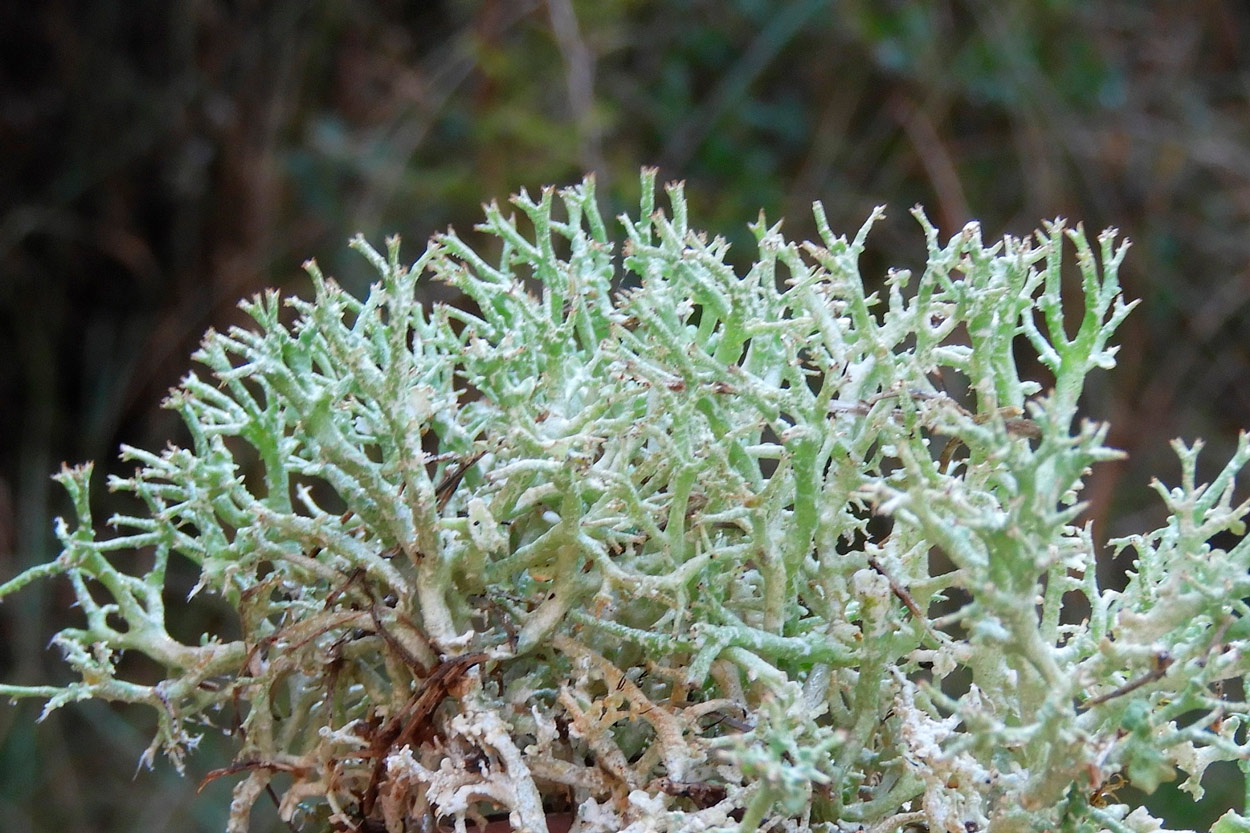
Lichens in coastal ecosystems
Along the Mediterranean coast, lichens such as Ramalina fastigiata and Xanthoria parietina cling to rocks and cliffs. These species are often brightly colored, ranging from yellow to orange, and add a splash of color to coastal landscapes.
Ecological importance of lichens in the Iberian Peninsula
- Bioindicators of air quality: In the Iberian Peninsula, lichens play an essential role as environmental bioindicators. Their high sensitivity to air pollution makes them an effective tool for monitoring air quality in urban and rural environments. Their presence (or absence) reflects the health of the ecosystem.
- Contribution to ecological succession: In the mountainous areas of the peninsula, lichens act as primary colonizers in hostile environments, such as bare rocks or degraded soils. They facilitate soil formation and allow other plant species to establish themselves, thus stimulating ecological succession processes.
- Biodiversity and conservation: The Iberian Peninsula is home to a wide variety of lichens, including endemic species found nowhere else in the world. The conservation of their natural habitats is essential to preserve this biological richness and ensure the balance of the ecosystems where they live.
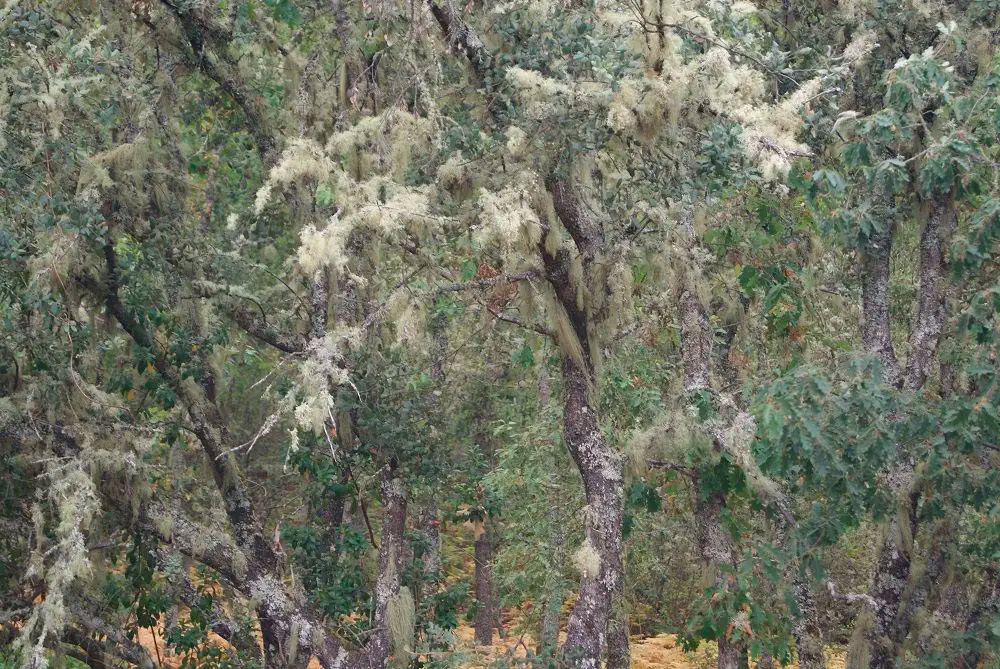
The role of lichens in fungal habitats
Lichens are not only important for their direct ecological value, but also for the balance they bring to the ecosystems where fungi grow. In many Iberian forests, especially in humid and shaded areas, lichens help maintain moisture and microclimate stability, creating favorable conditions for fungal development.
Their presence in soils and bark acts as a natural protective layer that reduces erosion and improves water retention. This particularly benefits mycorrhizal species—fungi that live in association with tree roots—such as boletes and amanitas, providing a more stable and nutritious environment.
In addition, lichens can act as indirect indicators of habitat quality for mushroom pickers. A forest with a good diversity of lichens is generally also a healthy and balanced ecosystem, where the probability of finding edible and wild mushrooms is significantly higher.
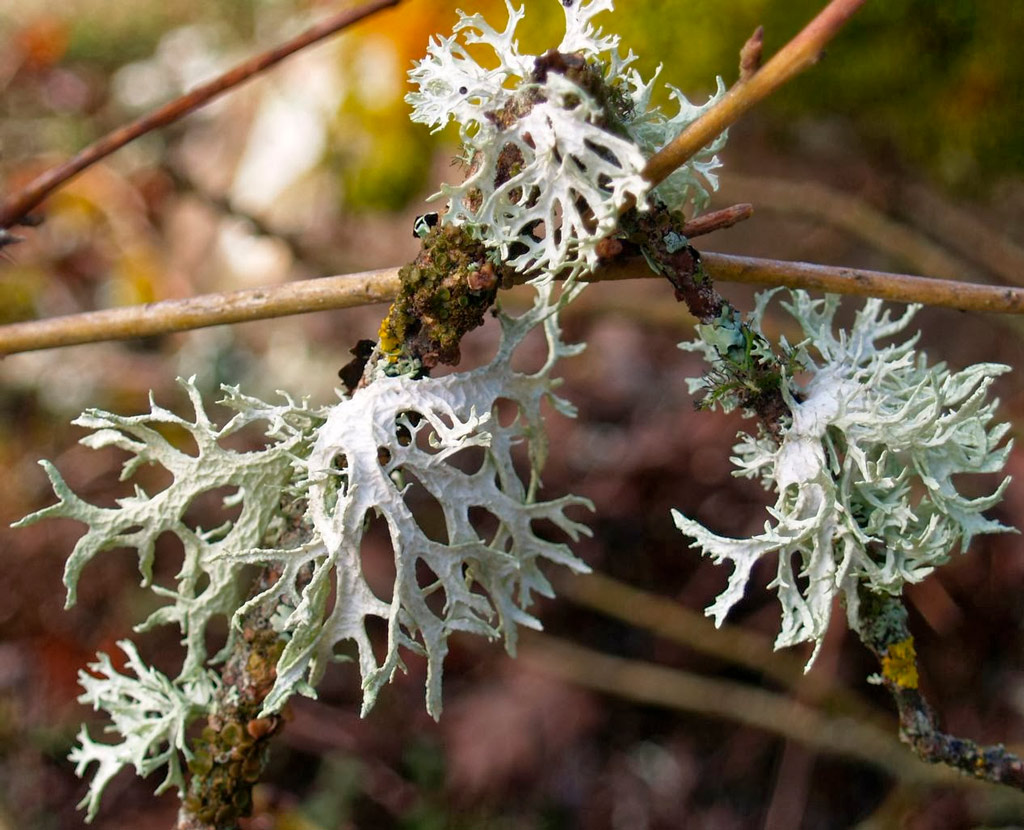
Lichen conservation in the Iberian Peninsula
Despite their beauty and enormous ecological value, lichens remain largely overlooked in conservation efforts. However, their role in ecosystems is fundamental, and protecting them is essential for preserving biodiversity in the Iberian Peninsula.
Rapid urbanization, air pollution, and forest degradation are threatening the habitats where lichens thrive. This loss can have direct consequences for species diversity and ecosystem health.
Protecting the environments where these organisms live is not only a scientific issue, but also a commitment to environmental sustainability. Lichens are excellent indicators of air quality and ecological balance.
Thanks to the joint efforts of scientists and conservationists, key areas for the protection of these species have now been identified. Research is providing a better understanding of their distribution and how they cope with environmental changes.
Lichens are a resilient and diverse form of life, capable of adapting to extreme conditions. Their presence reflects the ecological richness of the region and also calls attention to our relationship with nature.
Understanding and valuing the importance of these organisms is an essential step towards a more balanced future. The next time you explore the Iberian countryside, stop for a moment to observe them. You will discover a silent but vital world within the fabric of life.
See you soon in the forest!

Te pueden interesar